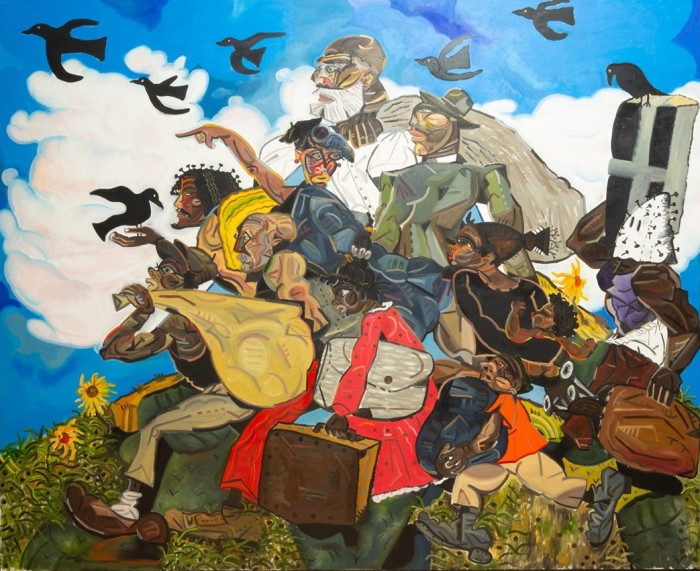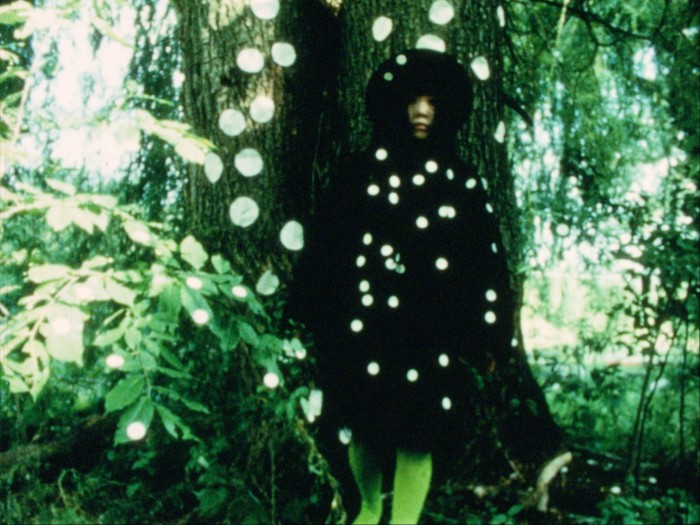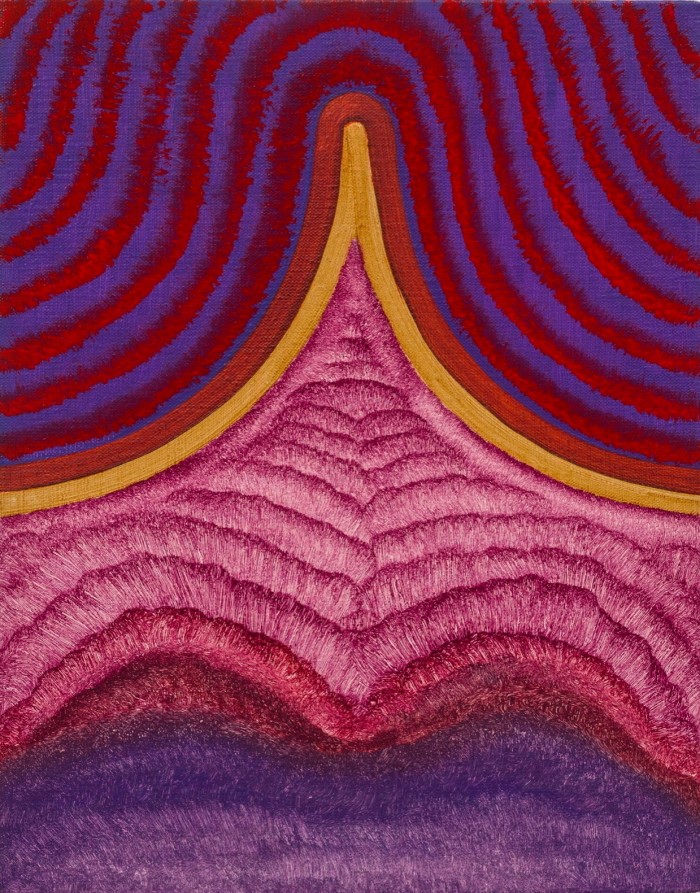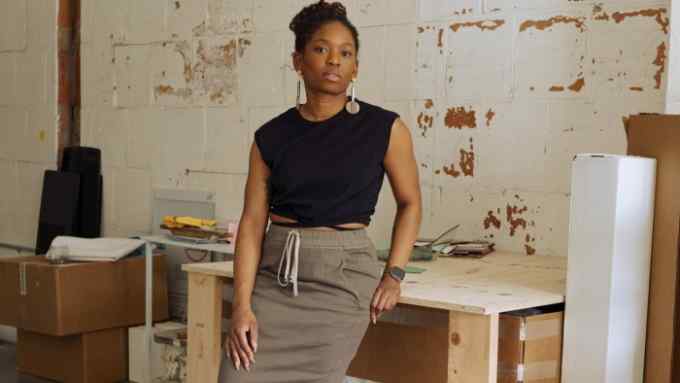Curator Matthew Higgs: ‘People have become fatigued by huge art fairs with hundreds of galleries’

Roula Khalaf, Editor of the FT, selects her favourite stories in this weekly newsletter.
“People often question the need for an art fair in New York because every day here is like an art fair,” says Matthew Higgs. “If an art fair is going to succeed, it has to create a context that isn’t available elsewhere. That’s what we’ve always hoped for with Independent, that it adds to the experience of looking at art in New York.”
As the founding curatorial adviser of the Independent New York fair and director and chief curator of White Columns, the city’s oldest alternative art space, Higgs is well positioned to reflect on the topic. He has been in the industry for decades, having worked at the Institute of Contemporary Arts and Royal College of Art in London and the Wattis Institute in San Francisco before starting at White Columns 20 years ago. During his tenure there, Higgs has staged exhibitions that amplify underserved voices, including more than two dozen featuring artists with developmental disabilities.
This May, Independent will have its 15th edition, a moment for reflection. “In 2010 when Independent opened, art fairs weren’t as dominant as they are now,” says Higgs. At that time, the Armory Show and the ADAA’s Art Show were the major fairs in New York. Frieze and NADA opened their New York fairs in 2012 and Tefaf New York launched in 2016.
“Independent was an opportunity to do something different,” Higgs says. From the beginning, he and co-founders Elizabeth Dee and Darren Flook wanted to create a fair that functioned like an exhibition, where hierarchies typical of other fairs, with blue-chip galleries having the most prominent positions, were dissolved. Independent also prefers solo presentations or displays that offer a deeper look into the work of a few artists. “Very few of our exhibitors show their entire programme,” says Higgs. “At Art Basel, you might see the work of 25 artists in the same booth. We’re interested in the individual.”


Independent wanted to break the convention-centre model with a smaller selection of invited exhibitors in roomier booths. “It was quite unusual to have a fair with just 50 or 60 galleries,” says Higgs. “We wanted an atmosphere that was collegiate between dealers, and one that artists actively wanted to participate in. We invite maverick dealers who might present unconventional work or present work unconventionally.” Surprisingly, though, Independent refused to disclose exhibitor costs or its scale of fees for booths.
That smaller-scale model has been influential, for example with Future Fair and 1-54 fair for contemporary African art, both launched since Independent. Frieze has also scaled back, showcasing 68 exhibitors this year instead of the nearly 200 it featured before relocating to The Shed in 2021. With 88 exhibitors this year, Independent now finds itself among the largest of this season’s fairs. “The May fairs complement each other and create a healthy conversation about contemporary art,” he says. “The majority of the galleries at Frieze, for example, are more established and Nada’s are more emerging.”
In the years since it was founded, Independent has moved from Chelsea to Tribeca and in 2022 it opened Independent 20th Century to showcase work by artists under-appreciated then or now. The original fair has changed very little, but the exhibitors are in constant flux, as the fair invites new ones each year. Out of this year’s 88, 38 are newcomers, including Charles Moffett, which is presenting new abstract paintings by Lily Stockman inspired by sketches made while hearing the LA Philharmonic play Philip Glass’s complete Etudes ($20,000-$90,000).

Among the presentations Higgs is looking forward to is Creative Growth, the Oakland-based non-profit that supports artists with developmental disabilities. “I’ve been working with them for over 20 years and this year is their 50th anniversary, so I’m particularly excited to have them at the fair,” says Higgs. “It’s important that non-profit have a presence and are seen alongside their peers in more established spaces.”
To celebrate its 15th anniversary, Independent is presenting a group exhibition within the fair called 15x15: Independent 2010-2024. “The idea was to invite 15 artists who had a significant presence in the fair over the years to show again in collaboration with their galleries, though the final number is 18 artists,” says Higgs. Included in this section is a mixed-media painting by McArthur Binion presented by Lehmann Maupin ($225,000-$300,000).

The New York art market has evolved drastically in this time, persevering despite periods of economic uncertainty. “It just keeps growing,” says Higgs. “The art world, like the larger economy, is in a moment of flatness, but this doesn’t seem to be affecting the industry. New galleries continue to open and new pockets of the city become art hubs, like Tribeca did in the last five years. With this growth, more artists are being given exposure, which helps accelerate the diversity of voices we see now.”
As opportunities for artists have increased, fairs such as Independent that champion under-represented voices are no longer unique. “I see it as a validation of the continued importance of artists with unconventional histories, a curatorial narrative we now see in virtually every major biennial,” Higgs says. “That said, there is still a lot of work to be done.”
May 9-12, independenthq.com

Comments